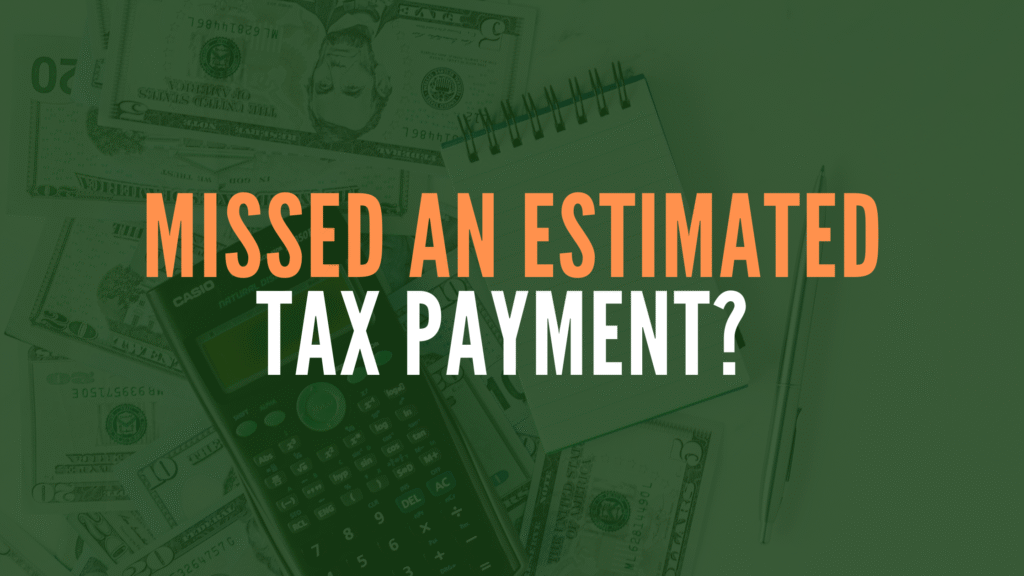If you’re making quarterly estimated tax payments, missing a deadline can be expensive. The IRS currently charges a 7 percent penalty for underpayments and since penalties are not tax-deductible, the real financial impact can feel closer to 11 percent.
However, there’s good news. With smart planning, it’s often possible to reduce or even eliminate these penalties, even late in the year.
Why Withholding Offers More Flexibility
Estimated tax payments must be made by set deadlines—typically April 15, June 15, September 15, and January 15. But the IRS treats withholding differently.
Tax withheld from wages, retirement distributions, or bonuses is considered paid evenly across the year, regardless of when the withholding actually occurs. In some cases, you can even choose to apply the withholding to a specific quarter.
This distinction creates valuable opportunities to catch up on taxes without triggering penalties.
Options for Catching Up Before Year-End
If you’re behind on estimated tax payments, consider these strategies to meet IRS safe harbor rules and avoid penalties:
1. Adjust W-2 Withholding
If you or your spouse are employed, you can increase withholding on your W-2. This is often the simplest and most effective way to catch up on underpayments.
You can allocate this withholding to a specific quarter by making a written election, or let the IRS apply it evenly across all four quarters.
2. Issue a Year-End Bonus from Your Corporation
If you own an S or C corporation, consider issuing yourself a year-end bonus with extra tax withholding. While this increases your payroll tax liability slightly, it allows you to withhold a larger amount to satisfy estimated tax requirements and avoid underpayment penalties.
Be sure to weigh the payroll tax implications before proceeding.
3. Use the IRA “Rollover and Replace” Strategy
This lesser-known strategy can be especially helpful for retirees or those with IRA access:
Take a distribution from your IRA.
Instruct the custodian to withhold 100 percent for federal and/or state taxes.
Within 60 days, redeposit the full amount into your IRA to avoid income tax and early withdrawal penalties.
This approach effectively lets you “create” a withholding event, even if you’ve missed estimated tax deadlines throughout the year.
Planning Tip: Meet the IRS Safe Harbor
To avoid penalties, your total payments (estimated payments and withholding combined) must meet one of the following thresholds:
90% of your current year’s tax liability, or 100% of your prior year’s tax liability (110% if your AGI was over $150,000)
Meeting these safe harbor rules can protect you from underpayment penalties, even if your income fluctuates.
Missing an estimated tax deadline doesn’t have to result in costly penalties. Withholding offers strategic flexibility, especially when used proactively before year-end. At BASC Expertise, we help clients evaluate their income, withholding, and estimated payments to create a customized year-end tax strategy that protects against unnecessary penalties.
Need help optimizing your tax payments?
Contact BASC Expertise today for a personalized tax planning session.
bascexpertise.com/contact | Gilbert, AZ | (480) 355-1398

